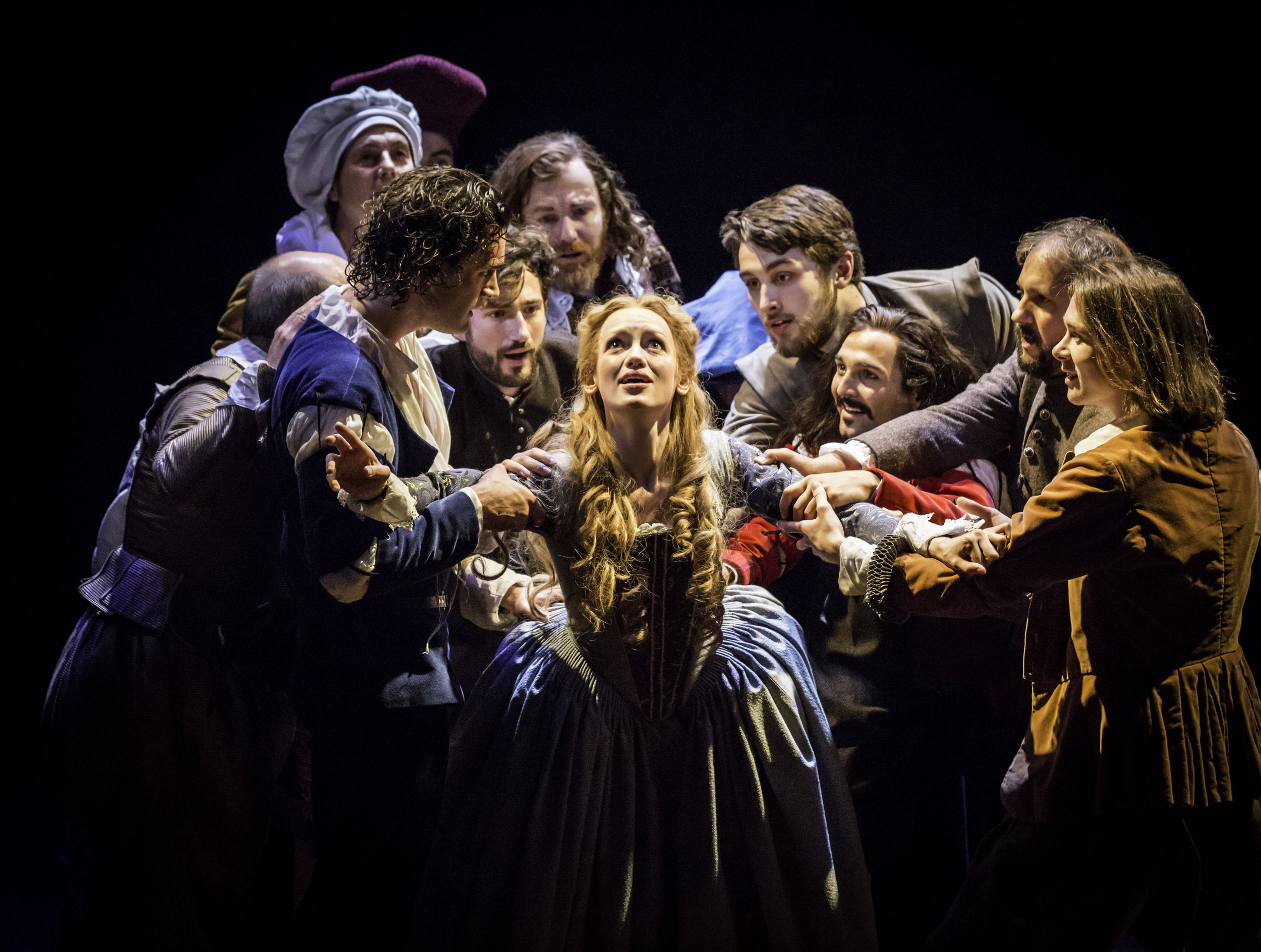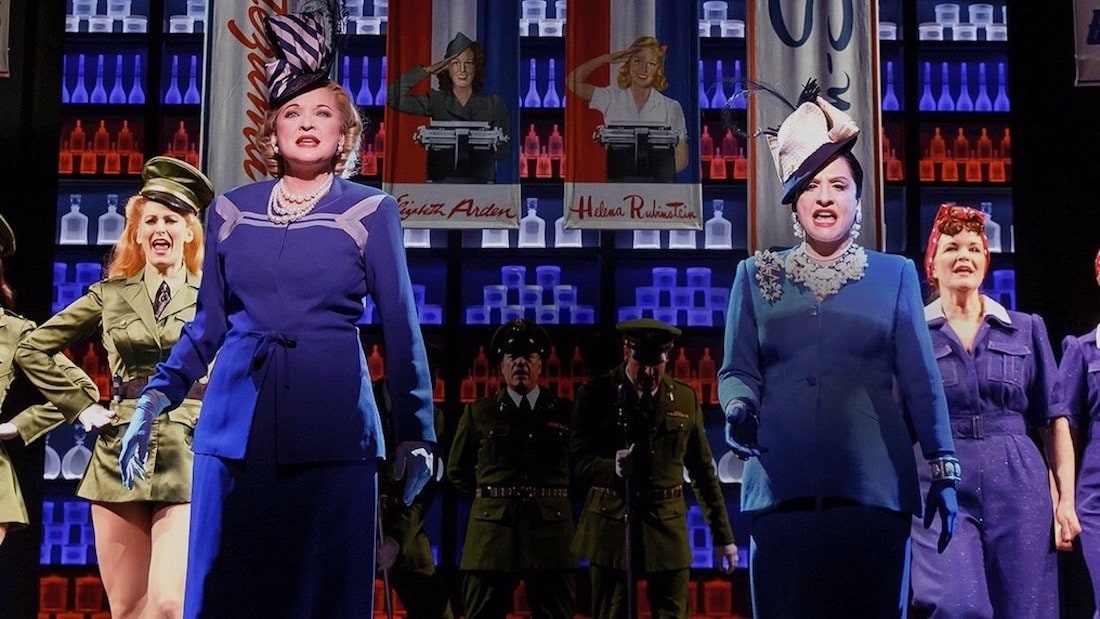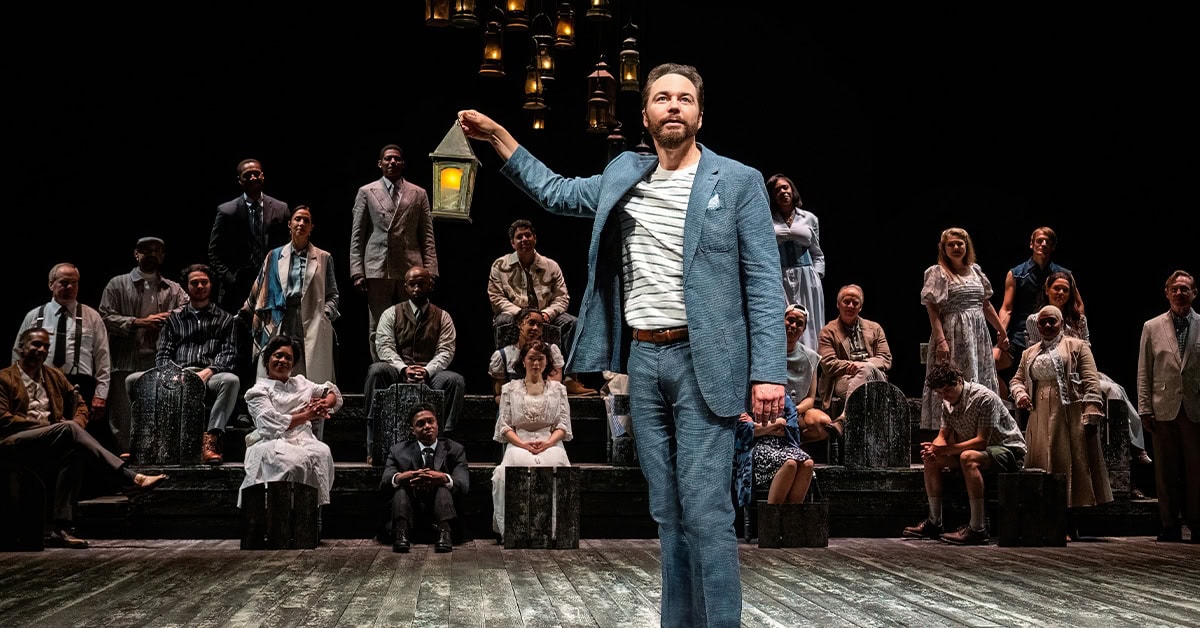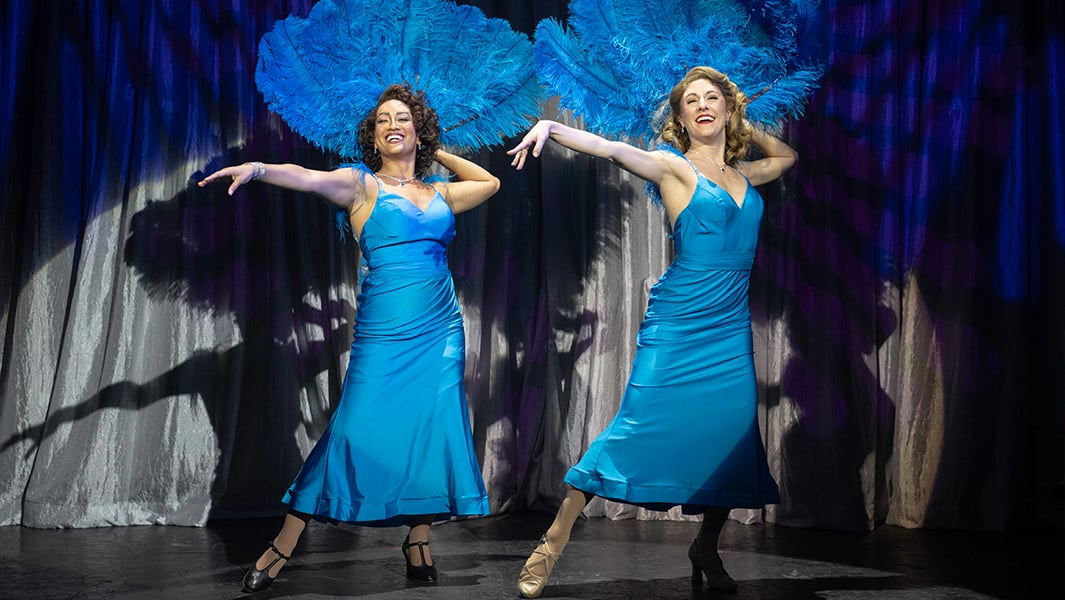
The following is an excerpt from the official Shakespeare in Love Production Handbook, which is a guide to all aspects of production from dramaturgy to staging and more. Download the complete Handbook for free on the Shakespeare in Love and Shakespeare in Love High School Edition pages!
***
Use this lesson to: Creatively engage students with the concept of censorship and the arts.
Objectives: Participants will…
-
Learn about how art was censored in the Elizabethan era;
-
Develop opinions on government censorship of the arts;
-
Work in teams and participate in a debate.
Materials:
-
Copies of the “Elizabethan Theatre,” “Attending the Theatre,” and “Reputation of the Theatre” sections from the Production Handbook (see pp. 11-14)
Time: 45 minutes
_
Introduction: (1 minute)
During the Elizabethan era, theatre grew in popularity while simultaneously the nobility worried about its influence on society. Queen Elizabeth and her inner circle sometimes censored artistic works. Edmund Tilney was one of the members of this inner circle, and as Master of the Revels, he often was the one censoring theatre. In this lesson, we will explore the reasoning and the execution of censorship in the arts during the Elizabethan era.
Warm-Up & Hook: (14 minutes)
-
Facilitate a brief discussion with your students with the following question: What does it mean to be free artistically?
-
Next, prompt each student to write down two or three reasons why they think artistic freedom is important.
-
Once they have developed some reasoning, share with students that they will now work together to advocate for the importance of artistic freedom.
-
Invite five volunteers to the front of the classroom and let them know that together they will develop a cohesive argument in favor of artistic freedom. Share with your class the following rules:
-
One person can speak at a time. Once you have spoken you cannot add another idea to the debate.
-
If you are tapped on the shoulder you must immediately pause talking, and someone on your team must pick up where you left off.
-
What you share during your moment to debate should complement what has already been said by your group members. The goal is to present a cohesive argument in favor of artistic freedom after the five turns.
-
-
Repeat this activity with numerous groups of five, encouraging students to begin with different reasons than the ones that have been heard already.
-
Reflect on this activity by asking your students the following question: Why would a person or the government be against artistic freedom?
Main Activity: (25 minutes)
-
Share with your students that they are now going to read historical background on Elizabethan theatre and then debate on the issue of censorship from one of the following perspectives:
-
The Queen’s Opinion: Theatre, though entertaining, could be detrimental to society and morality and therefore should be censored.
-
The Playwright’s Perspective: Theatre contributes so much to society that it should not censored.
-
-
Divide your classroom in half, assigning The Queen’s Opinion to one half of the students and The Playwright’s Perspective to the other half.
-
Next, distribute copies of the “Elizabethan Theatre,”“Attending the Theatre,” and “Reputation of the Theatre” to each student. Ask your students to silently read these sections and circle or underline pieces of information that will contribute to their argument or pieces of information that they would like to rebut in their argument.
-
After they have learned more about their topic, divide the two debate groups into smaller groups and allow them time to further develop their arguments. Share with them some of these strategies that make a strong debate:
-
Identify your claim and your main points;
-
Use evidence to back-up your main points;
-
Consider the counter-arguments
-
Craft a clear conclusion
-
-
Allow each group 10 minutes to develop their arguments. If you have the resources available, consider allowing students to perform further research online or in the library.
-
Once the teams have prepared, divide the classroom in half by point of view and determine where in the room the “podiums” are. Ask students to line up. The order in which they stand will be the order in which they contribute to the debate.
-
Step into role as the debate moderator and review the structure of the debate below with your class.
-
The next debater in line can tag in after the current speaker has had at least one minute to make their point
-
If a speaker needs support, they can return to the back of the line and the next person on their team can begin defending their perspective.
-
Students on the sidelines will be able to offer rebuttal questions at the discretion of the moderator.
-
Students toward the end of the line will be responsible for the closing arguments, so they must pay attention to the points their classmates have made along the way!
-
-
Begin by inviting two volunteers to kick off the debate. Side coach your students as the activity goes on, keeping them engaged by soliciting questions or allowing note-taking.
Reflection: (5 minutes)
Facilitate a group discussion using the following prompts:
-
In our world today, should artists should be allowed to create any way they see fit, or are there s
tandards of morality that should be considered? -
What are the platforms for constructive debate in our world today? What platforms are not as constructive?
_
To purchase your copy of Shakespeare in Love, click here, and to learn more about licensing a production click here!
To purchase your copy of Shakespeare in Love (High School Edition), click here, and to learn more about licensing a production click here!
Photo Credit: Johan Persson

The Truth Behind… War Paint

Shows About the Spirit of Community

